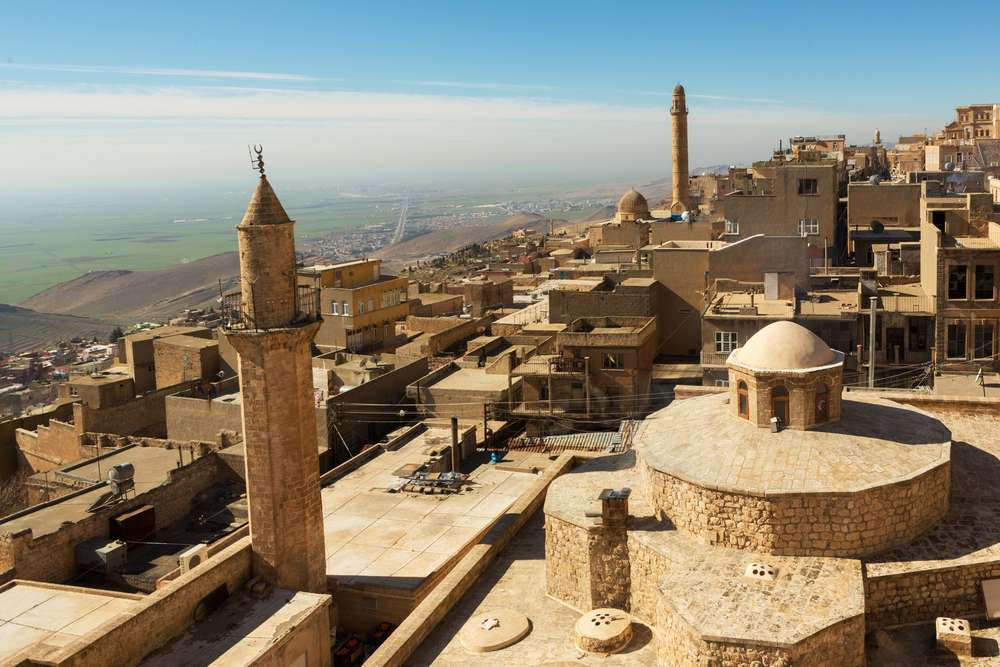Turkey is sometimes praised for its rich history, breathtaking scenery, and varied culture. It also has a less-known yet amazing secret: centuries-old winemaking techniques. Turkey boasts some of the oldest grape types in the world, with a viticulture heritage going back over 7,000 years. From the sun-kissed Aegean coastlines to the undulating hills of Anatolia, Turkish vineyards provide a wonderful experience for wine drinkers wishing to venture outside the known tastes of Europe and the New World.
The History and Legacy of Turkish Winemaking
Turkey’s winemaking legacy is firmly anchored in ancient societies, including the Hittites, Phrygians, and Romans, who farmed vines and perfected fermentation methods long before the craft spread throughout other regions. Turkey’s wine business has seen a rebirth in recent years despite a protracted downturn brought on by historical and cultural elements; tiny wineries and enthusiastic winemakers have helped the nation’s status as a top-notch producer to be restored. Different climates and soil compositions throughout different areas help produce an amazing range of indigenous and foreign grape varieties, producing distinctive and expressive wines.
The Best Wine Regions in Turkey
Turkey’s topographies offer ideal conditions for cultivating native and imported grape types. The Aegean coast, especially near Izmir, is one of the most well-known wine areas, where wineries benefit from Mediterranean breezes and rich soil. Another hotspot generating some of the best reds and whites in the country is the Thrace area, which borders Greece and Bulgaria. Famous for its unearthly rock formations, Cappadocia also boasts great vineyards because of its volcanic soil, accentuating its wines’ richness.
Ancient vineyards where natural grape varieties flourish on the Anatolian plateau abound in eastern Turkey. With its scorching summers and cool evenings, the particular terroir lets the grapes grow deep, strong flavors. Turkey is a must-visit country for those who value the creativity of winemaking since each area adds to its varied and interesting wine range.
Must-Try Turkish Wines and Their Distinctive Flavors
Hundreds of indigenous grape varietals abound in Turkey; many remain unknown outside the nation. A handful jumps out for their unique character and great quality. Eastern Anatolia native grape Öküzgözü is among the most well-known reds. This range makes medium-bodied wines with vivid red fruit notes, energetic acidity, and a subdued spiciness perfect for grilled meats and substantial cuisine.
Another notable is Boğazkere, sometimes referred to as Turkey’s version of Cabernet Sauvignon. This vine makes wines that age nicely and go great with strong, savory meals with its firm tannins, deep color, rich dark berries, and tobacco notes. Narince is a must-try for those who like whites. A flexible choice for fish and light appetizers, this Indigenous variation from Tokat in northern Turkey delivers floral notes, lemony freshness, and a well-balanced minerality.
The Emir grape thrives in the volcanic soil of Cappadocia in the Aegean area, yielding crisp, cool white wines with overtones of green apple and pear. Sultaniye is another unusual Turkish white, a light and fragrant variation ideal for laid-back drinking on a sunny summer day. The nation has also embraced exotic varietals, including Syrah, Cabernet Sauvignon, and Chardonnay. Turkish winemakers deftly combine them with native grapes to produce sophisticated and complex wines.
Experiencing Turkish Wine Culture
Discovering Turkey’s vineyards is about the experience as much as the wines. Many wineries provide tourists to value the depth of Turkish winemaking using amazing views, immersive trips, and private tastings. One of the most remarkable experiences in Cappadocia is drinking Emir wine while gazing out over the dream fairy chimneys at nightfall. Thrace’s boutique wineries greet visitors with friendly hospitality, rustic appeal, and mouthwatering cuisine combinations, including locally produced cheeses, olives, and cured meats.
Visiting Turkish vineyards is best done in October when wineries hold grape-picking celebrations and customary festivities. Visitors may help with winemaking by pressing grapes with their feet or sampling freshly squeezed juice before fermentation. These practical encounters help one better respect the artistry and effort involved in every bottle of Turkish wine.
Bringing Turkish Wines to the World
Though Turkish wines have a great winemaking legacy, they are still very unknown in other countries. But increasingly, boutique wineries are becoming well-known internationally, earning accolades and drawing the interest of wine buffs worldwide. Turkey’s wines are becoming increasingly competitive with those from more established wine-producing nations as it keeps improving its production methods and adopting new winemaking innovations.
Discovering Turkey’s vineyards is a voyage of discovery for visitors and wine enthusiasts that combines history, culture, and cuisine into a unique encounter. Turkish wines surprise and thrill those ready to go beyond the usual, whether drinking a strong Boğazkere under the starry Anatolian sky or a clear glass of Narince by the Aegean Sea. Turkey is quickly becoming a must-visit location for wine drinkers looking for something unique because of its hidden treasures and distinctive tastes.
Read more: New Zealand’s Unique Festivals and Events You Shouldn’t Miss

